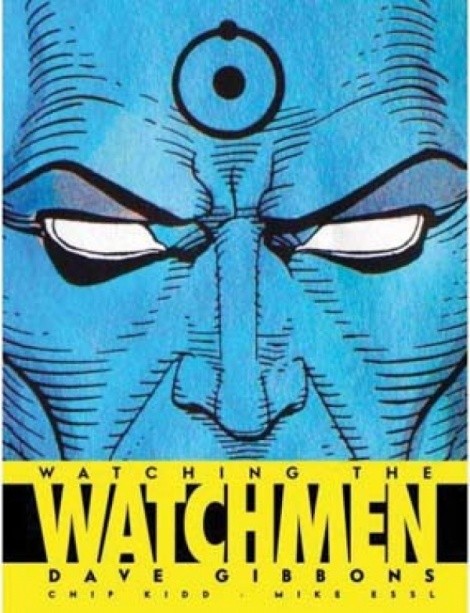
In the mid-1980s, comic books began trying to move farther away from the campy, “gee whiz” attitude that had been associated with the genre for years. Companies were reaching out to new, edgier creators looking for ways to revitalize the industry. For DC, this meant plucking talent from a British comic magazine called 2000 AD. This, of course is where they got wind of artist Dave Gibbons and his collaborator, Alan Moore, who would later team up for one of the most famous graphic novels of all time: Watchmen.
nThe two started out on separate paths at the same company but kept in close contact and eventually were given the reins to Superman. This gave them the exposure they needed, and the two began laying the foundation for Watchmen as a 12-issue mini-series. It was one of the first times that a big company gave the creators a green light for a series, stepped out of the way and let them run wild.
nThis development meant comic companies were helping shape the medium for the future by giving rise to the comic-book auteur. And in Watching the Watchmen, a new oversize coffee-table book, Gibbons looks back on the creation of the series and gives an insider perspective of what that was like to be there first-hand.
nGibbons—with help from Mike Essl and Chip Kidd, who put out the fantastic Golden Age of DC Comics book—lays out anything and everything Watchmen-related and tells how the series came to be. Just about anything Gibbons could pull out of the “Watchcrap” box stashed away in his attic—sketches, preliminary pages, script excerpts, character designs—are included here. Gibbons also provides strikingly candid insights to the world they were building, with a running commentary throughout.
nMoore and Gibbons weren’t the only creators doing the auteur thing for DC in the ’80s, though. Neil Gaiman was prepping his dreamland opus The Sandman, which has recently been recolored and released as four oversize “Absolute” editions; Frank Miller, director of the upcoming movie The Spirit, pushed an aging Batman to his limit and unleashed The Dark Knight Returns upon the world. But Watchmen was the first to get the go-ahead and essentially paved the way for the rest of them.
nWhile Moore had originally envisioned using less popular but still recognizable characters, he was asked to create an entirely new cast. Aside from that one editorial interference, Moore and Gibbons had almost no one to answer to. In one excerpt from Watching, Gibbons said, “After a few issues, Barbara Randall took over as editor but, settled into our own particular production process, we barely noticed.”
nIt was the kind of creative freedom that any artist would dream of. There are so many stories from the ’80s, ’90s and even into this century that relate how editors had all the power, which left very little creative wiggle room. But with folks like Moore, Gibbons, Miller and Gaiman (all of whom got their mainstream start with DC) oozing talent and brilliance from every pore, there was no need for a heavy hand in the editorial department. As it worked out, DC became known for its creative generosity (which isn’t the case anymore, but that’s a whole different article). The writers and artists got to tell exactly the story they had envisioned.
nWatching the Watchmen delivers the definitive behind-the-scenes look at the entire process, and it’s fascinating. Not surprisingly, there’s no input from Moore, who has tried to keep his name from anything Watchmen-related in recent years. There’s also nothing regarding the highly anticipated 2009 film adaptation, except for Gibbons recalling the time when Joel Silver pitched the idea of Arnold Schwarzenegger as Dr. Manhattan. It’s a great look at the daunting task of creating a comic book, and how the most famous graphic novel of all time came to be.
n nWATCHING THE WATCHMEN
nDave Gibbons, Chip Kidd, Mike Essl, Titan Books, $39.95